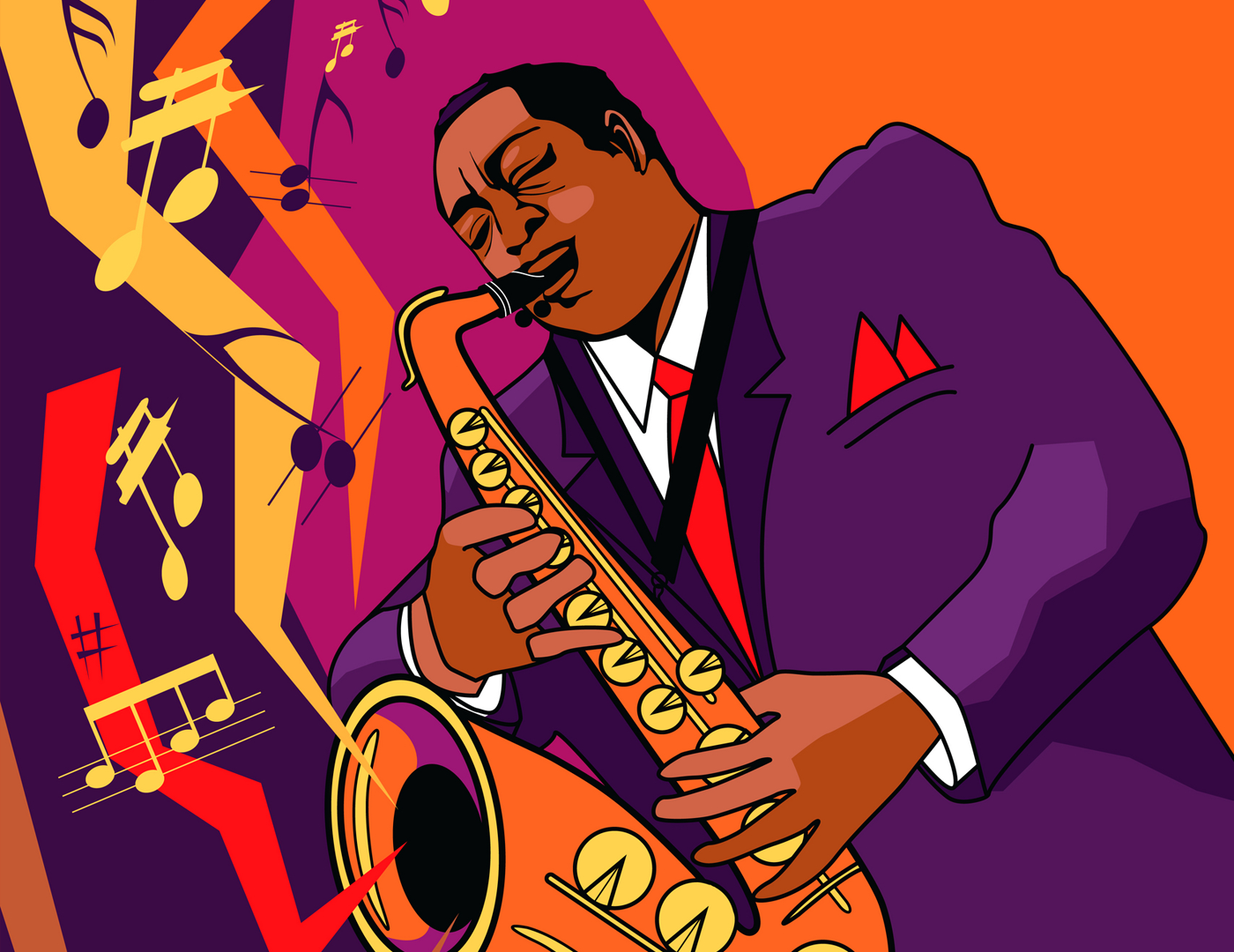According to the Cambridge Dictionary:
the word embellish means to make something more beautiful by adding something to it, or to add or change some details of a story, usually to make it more interesting or exciting.
https://dictionary.cambridge.org/dictionary/english/embellish
Embellishing tones are consonant or dissonant tones that add make music more spicy and interesting to listeners. It is sometimes easy to confuse embellishing tones with chord tones if the chord structure is analyzed vertically instead of horizontally.
| EMBELLISHMENT | ABBREVIATION | CATEGORY | BRIEF DESCRIPTION |
| Passing Tone | P | melodic embellishment | Dissonance approached by step and left by step in the same direction and may be accented or unaccented. A diatonic passing tone fills in a consonant skip, while a chromatic passing tone fills in a step |
| Neighbour Tone | N | melodic embellishment | Dissonance approached by step and left by step in the opposite direction and may be accented or unaccented. It decorates a repeated note and may be diatonic or chromatic. |
| Incomplete Neighbour Tone | IN | melodic embellishment | A neighbour figure missing either the approach or the resolution, and may be accented or unaccented, and diatonic or chromatic. |
| Double Neighbour | DN (circle both notes) | melodic embellishment | A combination of upper and lower neighbour that is usually unaccented. |
| Suspension | S or sus (label the type: 4-3, 7-6, 9-8; bass 2-3) | rhythmic displacement | A tone, prepared by a consonant chord tone, is held over to make a strong-beat dissonance when the chord changes. The suspension resolves down by step on the weak part of the beat. |
| Retardation | R | rhythmic displacement | A tone, prepared by a consonant chord tone, is held over to make a strong-beat dissonance when the chord changes. The suspension resolves up by step on the weak part of the beat. |
| Anticipation | ANT | rhythmic displacement | |
| Pedal Point | ped | This embellishment is usually found in the bass and is one note sustained through changing chords. |

Youtube Resources
This is a video by WIlliam O’Hara on YouTube for Music Theory 1 at Gettysburg College. O’Hara explains the concept of embellishing tones in full.
Music Youtuber, 12tone, explains the concept of embellishing tones a bit more concisely and with animations and aural examples.
Mike Titlebaum demonstrates using embellishing tones to make jazz. You can follow along with him as he tells us his story of becoming a jazz instructor that was once a young musician who did not understand the art of improvisation.
In this series of videos, he transforms a bland version of “Oh, When the Saints” into an impressive jazz tune.
Example of Embellishment in Music
This week’s assignment was to find a song with at least 5 embellishing notes. I chose Blue Monk and in the two images below, you can see how the melody would look without embellishments and how it is augmented by the chromatic passing tones and anticipations.
This image shows the basic harmony of Blue Monk. The PDF was prepared by me in MuseScore from the Real Book.
Blue_Monk-Trumpet2This image shows the full song with embellishments. The PDF was prepared by me in MuseScore from the Real Book.
Blue_Monk-Trumpet-Part2In this video, I play the basic harmony and then the full melody with embellishments so the contrast is clearly audible. (Sidenote: I actually had a fever and other symptoms of COVID-19 and had just started really feeling sick, so you may notice me sweating a lot.)
